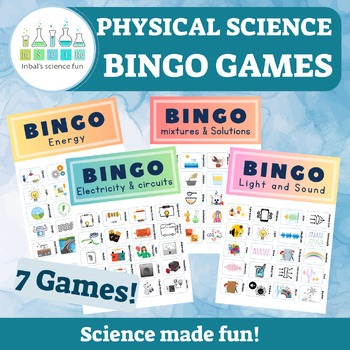15 Creative Ways to Blend Science with Other Academic Subjects
Integrating science into other subjects is an innovative approach to education that can significantly enrich students’ learning experiences. This interdisciplinary method not only deepens their understanding of scientific concepts but also reveals the interconnectedness of various disciplines. By blending science with subjects like math, history, literature, art, and more, teachers can create a more dynamic and engaging classroom environment. This approach encourages critical thinking, creativity, and the ability to see the world from multiple perspectives.

Math and Science Fusion:
Utilize mathematical equations in physics and chemistry lessons. Introduce concepts like velocity, acceleration, and molecular structures with math.
Historical Scientific Discoveries:
In history class, discuss key scientific discoveries and the impact they had on society. This can include inventions, medical breakthroughs, and famous scientists.
Literary Science:
Encourage students to read science-themed literature. Books like Mary Shelley’s “Frankenstein” or Carl Sagan’s “Contact” blend literary analysis with scientific inquiry.
Science in Art:
Integrate art projects that require an understanding of scientific concepts. For instance, creating anatomically accurate drawings in biology or designing eco-friendly architecture in environmental science.
Music and Acoustics:
Explore the physics of sound in music classes, discussing how different instruments produce sound waves.
Science in Physical Education:
Teach about the human body, nutrition, and exercise physiology. This can include studies on muscle groups, the effects of exercise on the body, and healthy diets.
World Languages through Science:
Use scientific terminology in foreign language classes. Teach the names of elements, animals, and scientific phenomena in different languages.
Geography and Environmental Science:
Link geography lessons with environmental science by discussing climate change, natural resources, and ecosystems specific to different regions.
Science in Economics:
Discuss the economic implications of scientific advancements. Topics like renewable energy, biotechnology, and environmental policies can be integrated into economics lessons.
Drama and Science:
Create plays based on scientific discoveries or ethical dilemmas in science. This can help students understand complex scientific concepts and debates.
Cooking and Chemistry:
Use cooking to explain chemical reactions. Baking, for example, can illustrate concepts like yeast fermentation or the Maillard reaction.
Technology and Computer Science:
Incorporate coding and technology projects in science lessons, such as using software to simulate scientific experiments or analyze data.
Ethical Debates in Science:
Use debates in English or social studies to discuss ethical issues in science, like genetic engineering or animal testing.
Science Journalism:
Encourage students to write news articles or blog posts about recent scientific discoveries, blending writing skills with scientific inquiry.
Statistics in Science:
Utilize statistics in analyzing scientific data, teaching students how to interpret and present data effectively.
These interdisciplinary approaches not only make learning more engaging but also help students understand the relevance and application of scientific concepts in various aspects of life and other academic disciplines.















